- News
- Reviews
- Bikes
- Accessories
- Accessories - misc
- Computer mounts
- Bags
- Bar ends
- Bike bags & cases
- Bottle cages
- Bottles
- Cameras
- Car racks
- Child seats
- Computers
- Glasses
- GPS units
- Helmets
- Lights - front
- Lights - rear
- Lights - sets
- Locks
- Mirrors
- Mudguards
- Racks
- Pumps & CO2 inflators
- Puncture kits
- Reflectives
- Smart watches
- Stands and racks
- Trailers
- Clothing
- Components
- Bar tape & grips
- Bottom brackets
- Brake & gear cables
- Brake & STI levers
- Brake pads & spares
- Brakes
- Cassettes & freewheels
- Chains
- Chainsets & chainrings
- Derailleurs - front
- Derailleurs - rear
- Forks
- Gear levers & shifters
- Groupsets
- Handlebars & extensions
- Headsets
- Hubs
- Inner tubes
- Pedals
- Quick releases & skewers
- Saddles
- Seatposts
- Stems
- Wheels
- Tyres
- Health, fitness and nutrition
- Tools and workshop
- Miscellaneous
- Cross country mountain bikes
- Tubeless valves
- Buyers Guides
- Features
- Forum
- Recommends
- Podcast
review
 2024 Merida Scultura 4000 - riding 1.jpg
2024 Merida Scultura 4000 - riding 1.jpg£2,300.00
VERDICT:
Fun, fast and comfortable race bike at an affordable price
Smooth ride quality
Clean looks
Frameset ripe for upgrades
Entry-level wheels add weight
Weight:
8,620g
Contact:
At road.cc every product is thoroughly tested for as long as it takes to get a proper insight into how well it works. Our reviewers are experienced cyclists that we trust to be objective. While we strive to ensure that opinions expressed are backed up by facts, reviews are by their nature an informed opinion, not a definitive verdict. We don't intentionally try to break anything (except locks) but we do try to look for weak points in any design. The overall score is not just an average of the other scores: it reflects both a product's function and value – with value determined by how a product compares with items of similar spec, quality, and price.
What the road.cc scores meanGood scores are more common than bad, because fortunately good products are more common than bad.
- Exceptional
- Excellent
- Very Good
- Good
- Quite good
- Average
- Not so good
- Poor
- Bad
- Appalling
The Merida Scultura 4000 blends performance and value thanks to its pairing of a carbon road race frame with Shimano's 105 mechanical groupset. The entry-level wheels and tyres add a bit of weight, but with a comfortable ride from a stiff frame it's an ideal bike for the budding racer or those who just want a quick road machine on a budget, with plenty of scope for upgrades.
For more options, check out our guide to the best road bikes, from £300 up to more than £12,000...
Merida Scultura 4000: Ride
Merida's road range is split into two line-ups, with the Reacto focusing on aerodynamics and this Scultura being the general all-rounder, albeit with a few aero tweaks.
Geometry-wise (I'll go into the numbers in a bit) the Scultura allows a relatively aggressive riding position, with an average sized head tube/top tube combination. The head angle is typically road, so relatively steep, which gives quick and confident handling, while a sub-metre wheelbase (size medium) makes the whole bike feel lively when you need to get a shift on.
It's an easy bike to ride quickly. Well balanced throughout, and you don't need to be a seasoned racer to get the best out of it.
What do I mean by that? Well, it always seems to be rather forgiving even if you ride too fast into a bend, or a patch of gravel mid-corner catches you out. It's one of those bikes that's easy to correct, which gives you confidence and allows you to push into the next corner even if the one before you gave a twitchy bum moment.
The Scultura is a capable descender, too. It feels at home on technical sections, and I think a lot of that is also down to the ride quality of the frame and fork. For such a stiff bike the 4000 has a smooth ride, always feeling planted even on relatively poor road surfaces.
It's not a buzzy or chattery frame, and by muting that feedback it makes the Scultura feel even more planted and secure.
To hit this price point, compromises have been made on components, and at just over 8.6kg the 4000 is no lightweight, so it's not quite as responsive on the climbs or when sprinting compared with more expensive models in the range I've ridden.
That said, it's no slouch. It still feels quick for the weight, but with a change of wheels you can certainly unlock plenty more performance.
Efforts out of the saddle highlight a stiff bottom bracket area, and the rear triangle also feels tight, which means the Scultura doesn't make you feel as though any of your power is going to waste.
The geometry and comfort also work well together to make the Scultura a good mile-muncher. It's definitely a race bike that you can still head out for a 100-mile ride on and come back without your contact points feeling battered.
The slightly sloping top tube also meant I could run plenty of seatpost, which gives a small boost to comfort due to flex.
Merida Scultura 4000: Frame & fork
Merida offers each line-up of its road bikes with differing levels of carbon fibre frames. They share the same geometry throughout the range, but the grades of carbon used and the lay-ups differ.
For the Scultura, the range-topping models get the CF5 option, Merida's lightest and stiffest grade of carbon, while the lower ones get CF3, a carbon grade blending performance, durability and cost. Being the entry-level carbon model, this 4000 uses the latter and Merida gives a claimed weight of 997g for this size medium, so not too shabby.
Sizes on offer range from 3XS to XL, giving seven in total. Top tube lengths start at 505mm and go up to 590mm on the largest frame.
For this medium specifically, the top tube is 560mm, with a 140mm head tube. The angle for the latter is 73.5 degrees, as is the seat tube. Stack and reach figures are 557mm and 395mm respectively.
The wheelbase is 990mm, with 408mm chainstays, and the bottom bracket drop – the difference between the BB centre and centre of the dropouts – is 66mm.
Merida is one of the largest manufacturers in the world and knows a thing or two about creating carbon frames, and highlights many technologies that it uses in creating them.
Nano Matrix is one where it adds tiny nano-scale particles to the resin to bind the carbon fibres together, protecting the structure from damage. Merida claims that the carbon fibre's impact resistance is improved by up to 40%, allowing it to build a lighter frame overall.
Merida also focuses on the inside of the frame, laying up the carbon and using bladders to ensure a smooth compression around any corners and tricky junctions, removing any voids in the carbon fibre/resin mix which can cause weak points.
Things are just as smooth on the outside of the frame. Everything is run internally from the handlebar through the stem and down into the tapered head tube, with no cables or hoses visible again until they exit close by the mechs and brake callipers they are controlling. If at a later date you wanted to update to a wireless electronic groupset you can do so without leaving any redundant cable guides.
The internal cable routing is obviously well managed as there are no restrictions or ill effects on gear shifting.
The seatpost uses an expanding wedge design that sits inside the seat tube for more smoothness and integration.
Other aero touches are the smooth transition between the fork and head tube, and dropped seatstays.
Being a race bike the Scultura doesn't go in for a lot of mounting points, with just a couple of bottle cages catered for, but there are other little additions to the frame and fork such as Merida's Disc Coolers, a ribbed metal plate that sits between the bike and the brake calliper, acting as a heat sink during prolonged use of the brakes. More something that is required on long mountain descents than the short, sharp downhills we tend to have in the UK.
For frame protection there is also a metal plate to stop the chainstay from being damaged if the chain drops off the chainrings.
Merida Scultura 4000: Groupset
The 4000 comes equipped with the mechanical R7100 12-speed version of Shimano's 105 groupset which I reviewed just after it was released earlier in the year.
Thanks to its balance of performance and cost, 105 has always been regarded as the entry level to race-ready groupsets. Riding it side by side against the higher-level Ultegra you'd be hard pressed to tell the difference, especially with this latest version. Ultegra mechanical is only available in 11-speed R8000 guise, which was launched back in 2018.
For this particular model Merida has specced a compact 50/34-tooth chainset and an 11-34T cassette, giving a gear range spread that'll suit all kinds of fast riding and time in the hills thanks to that 1:1 ratio at the bottom end.
As you can see from my review, the shifting from 105 is brilliant and the new lever shape makes them very comfortable to use for all kinds of hand sizes and shapes.
The hydraulic braking is powerful and uses 160mm rotors front and rear.
Merida hasn't deviated from Shimano for any of the components, with the rotors, chain and press-fit 86.5mm bottom bracket all coming from the Japanese company's catalogue. With some bikes these can be specced from other brands to keep costs down.
Merida Scultura 4000: Finishing kit
Merida provides the majority of its bikes with its own finishing kit, so it's no surprise to find its branding on the Expert SL handlebar, Expert CC carbon fibre seatpost and Expert SL saddle.
It's all good kit. The handlebar has accessible drops for those who aren't that flexible, and their shape allows a close reach to the brake levers – though the 105 levers do have reach adjustment too.
The carbon seatpost is easy to adjust and the saddle perched above it has a low profile with a swoopy shape that lends itself well to plenty of seating positions. I certainly got on well with it.
The stem is the only deviation, being from FSA, its SMR ACR, which is specced on many bikes at this price point as it is designed to run the cables and hoses internally.
Merida Scultura 4000: Wheels & tyres
The wheels haven't escaped the Merida branding, with Expert SL rims and hubs. The rims are 22mm deep but only 17mm wide internally, which is quite old school in this day and age. They work fine with the 28mm tyres fitted, the shape maintaining a smooth curved profile, and as the Scultura maxes out at 30mm tyre clearance they'll work with those too, although the transition between rim and tyre won't be as smooth as with wheels of a 19mm or 21mm internal width.
That aside, it's a tough wheelset with what looks to be good durability. They arrived running true and remained so throughout the test period. The hubs are 28 spoke front and rear, and come with Center Lock mounting for the rotors and 100mm (F), 142mm (R) spacing for 12mm thru-axles.
On its website Merida states that the 4000 comes with Maxxis High Road tyres, although the photographs show Continental's Ultra Sport, which is what our review bike arrived with.
The Contis are a cheap but effective training tyre, supple enough for good feedback, grip and road feel while being tough enough for riding in all kinds of weather conditions. You aren't going to be flinching either should the road you are riding on become an impromptu light gravel excursion.
Merida Scultura 4000: Pricing & value
As mentioned earlier, this is the entry-level carbon frame model, with two disc-equipped aluminium bikes sitting below, and three rim-braked models with prices starting at £885, while the carbon range tops out at £8,000 for the Team model with Shimano Dura-Ace, deep-section wheels and a power meter.
So, how does the Scultura 4000 compare with the competition?
The Ultimate is Canyon's race bike, and I recently reviewed the top-end CFR model which I absolutely loved, but at nearly 10 grand it's out of most people's price range. The CFR uses Canyon's top-end carbon grade but the more affordable CF SL line-up includes the 7 model fitted with 105 mechanical and alloy DT Swiss Performance LN wheels for £2,349, plus a a CP0030 carbon integrated cockpit. You do need to factor in delivery costs, though, which come to around another £68.98, whereas you could by a Merida from your local bike shop with no delivery charge.
Van Rysel has released a range of new road bikes, including the recently reviewed NCR. Van Rysel describes it as an endurance road bike but compared with many it's very much in the racy side of the camp. Our model came with a 1x SRAM Rival electronic groupset, although a 12-speed 105 mechanical version is available for £2,000. It has a slightly longer wheelbase than the Scultura and larger 35mm tyre clearance, but the front-end geometry is very similar, giving you that same racy feel as you get with the Merida.
Giant's TCR is an all-round race bike which comes in a huge number of builds and frame grades. It may not have some of the aero tweaks of the Scultura but it rides very similarly, especially in how the frame and fork balance stiffness and comfort. I own a 2022 TCR Advanced 2 so actually rode both side by side during the Scultura's review period.
The current TCR Advanced 2 comes with the 12-speed 105 mechanical groupset (but with a 52/36T chainset), alloy Giant wheels and alloy components, for £2,699.
I reviewed the rim-braked version last year and was impressed.
Orro has just released its Gold Evo road bike which, like the Van Rysel, is more towards the endurance side of things, but not by much. It has a similar wheelbase length as the Scultura and a steep seat angle, but a slightly slacker front end.
I'm currently riding the only model in the range, the mechanical 105-equipped bike which costs £2,499.99. My review will be up soon, but you can read what I thought of the Gold STC model, which has the same geometry.
Merida Scultura 4000: Conclusion
The heart of any bike is the frameset, and the Scultura's is very good indeed. Great to ride, regardless of your racing aspirations, and ripe for upgrades, which in itself brings longevity to your ownership.
Verdict
Fun, fast and comfortable race bike at an affordable price
road.cc test report
Make and model: Merida Scultura 4000
Size tested: Medium, 560mm
About the bike
List the components used to build up the bike.
Rims: Merida Expert SL (Tubeless ready - tubeless tape and valves not included)
Hubs: Merida Expert SL (VP CLK170F / VP CLK270R)
Tyres: Maxxis Highroad
Chainset: Shimano 105, 50-34 teeth (165 mm-XXS, 170 mm-XS, 172.5 mm-S/M, 175 mm-L/XL)
Bottom Bracket: Shimano SM-BB71-41B, Pressfit 86.5 mm
Cassette: Shimano CS-R7100, 11-34 teeth (12 speed)
Chain: Shimano CN-M6100-12
Shifters: Shimano 105 12 speed
Front Derailleur: Shimano 105
Rear Derailleur: Shimano 105
Brakes: Shimano 105/Shimano RT10 (160mm F/R)
Headset: FSA ACR
Stem: FSA SMR ACR (size 90 mm-XXS/XS, 100 mm-S, 110 mm-M, 120 mm-L/XL)
Handlebar: Merida Expert SLII
Bar Tape: Merida Road Expert
Seatpost: Merida Expert CC
Seat Clamp: Merida Expert
saddle: Merida Expert SL
Tell us what the bike is for and who it's aimed at. What do the manufacturers say about it? How does that compare to your own feelings about the bike?
Merida says, "Based around the latest, super smooth 12-speed 105 groupset from Shimano and featuring our award-winning SCULTURA CF3 full carbon frame, the SCULTURA 4000 is far from an entry bike to our latest SCULTURA frame design family. Similarly to its bigger brothers, it combines a long list of air slicing features and race-proven geometry, adapted from our REACTO family, with low weight and class-leading riding comfort creating an almost unbeatable package."
It's a capable race bike that has a great balance of performance and comfort.
Where does this model sit in the range? Tell us briefly about the cheaper options and the more expensive options
There are a few aluminium models below this one, which is the entry point for the carbon-framed models. The range then extends all the way up to the £8,000 Shimano Dura-Ace-equipped Team model.
Frame and fork
Overall rating for frame and fork
8/10
Tell us about the build quality and finish of the frame and fork?
A high-quality frame which looks eye-catching in this silver and red paintjob.
Tell us about the materials used in the frame and fork?
The 4000 uses carbon fibre for its frame, more precisely Merida's CF3 grade which balances weight, stiffness, durability and cost.
The fork is full carbon fibre too.
Tell us about the geometry of the frame and fork?
The geometry is on the racy side, with a relatively steep head angle and short head tube, which gives a low-slung position without being overly aggressive.
How was the bike in terms of height and reach? How did it compare to other bikes of the same stated size?
There are no surprises here in terms of the stack and reach.
Riding the bike
Was the bike comfortable to ride? Tell us how you felt about the ride quality.
For a stiff race bike the comfort is impressive thanks to the carbon layup and frame design.
Did the bike feel stiff in the right places? Did any part of the bike feel too stiff or too flexible?
All of the areas that need to be stiff, like the bottom half of the frame and the head tube, are, and cope well with the loads they are asked to deal with.
How did the bike transfer power? Did it feel efficient?
Overall, power transfer is good, although efficiency is hampered a touch by the heavyish wheels.
Was there any toe-clip overlap with the front wheel? If so was it a problem?
No.
How would you describe the steering? Was it lively neutral or unresponsive? Responsive.
Tell us some more about the handling. How did the bike feel overall? Did it do particular things well or badly?
Not as twitchy as some, but quick enough to have some fun in the bends.
Which components had the most effect (good or bad) on the bike's comfort? would you recommend any changes?
I like the saddle and the easy-to-use drops of the handlebar.
Which components had the most effect (good or bad) on the bike's stiffness? would you recommend any changes?
Both the handlebar and stem keep the front end feeling tight, and the wheels showed no sign of lateral flex.
Which components had the most effect (good or bad) on the bike's efficiency? would you recommend any changes?
As a package the Scultura generally feels efficient, but an upgrade to some light deep-section wheels unlocks the performance on offer from the frame and fork.
Rate the bike for efficiency of power transfer:
8/10
Rate the bike for acceleration:
8/10
Rate the bike for sprinting:
7/10
Rate the bike for high speed stability:
8/10
Rate the bike for cruising speed stability:
8/10
Rate the bike for low speed stability:
7/10
Rate the bike for flat cornering:
7/10
Rate the bike for cornering on descents:
8/10
Rate the bike for climbing:
8/10
The drivetrain
Rate the drivetrain for performance:
9/10
Rate the drivetrain for durability:
8/10
Rate the drivetrain for weight:
8/10
Tell us some more about the drivetrain. Anything you particularly did or didn't like? Any components which didn't work well together?
Great performance from Shimano's only 12-speed mechanical groupset, plus the parts are relatively cheap to replace when worn or if damaged.
Wheels and tyres
Rate the wheels for performance:
7/10
Rate the wheels for durability:
8/10
Rate the wheels for weight:
7/10
Rate the wheels for comfort:
7/10
Tell us some more about the wheels.Did they work well in the conditions you encountered? Would you change the wheels? If so what for?
The wheels proved themselves to be reliable, but are lacking a bit when it comes to performance attributes.
Rate the tyres for performance:
7/10
Rate the tyres for durability:
8/10
Rate the tyres for weight:
7/10
Rate the tyres for comfort:
7/10
Tell us some more about the tyres. Did they work well in the conditions you encountered? Would you change the tyres? If so what for?
Good training tyres, but something lighter and grippier will be better for performance.
Controls
Rate the controls for performance:
8/10
Rate the controls for durability:
8/10
Rate the controls for weight:
7/10
Rate the controls for comfort:
7/10
Tell us some more about the controls. Any particularly good or bad components? How would the controls work for larger or smaller riders?
Good quality kit which is exactly as expected at this sort of price point.
Your summary
Did you enjoy riding the bike? Yes
Would you consider buying the bike? Yes
Would you recommend the bike to a friend? Yes
How does the price compare to that of similar bikes in the market, including ones recently tested on road.cc?
For a carbon frame and 105 mechanical, above two grand looks to be the norm. Van Rysel's NCR is cheaper than the Scultura, but others like Giant's TCR or Canyon's Ultimate are more expensive.
Rate the bike overall for performance:
8/10
Rate the bike overall for value:
6/10
Use this box to explain your overall score
The Scultura 4000 is a very good package. You are geting the same quality frameset as models costing more than twice as much in Merida's line-up but with components that make it good value for money. The geometry also makes it an ideal race bike for those new to the sport or with a lower budget.
About the tester
Age: 44
I usually ride: This month's test bike My best bike is: B'Twin Ultra CF draped in the latest bling test components
I've been riding for: Over 20 years I ride: Every day I would class myself as: Expert
I regularly do the following types of riding: time trialling, commuting, club rides, sportives, fixed/singlespeed,
Since writing his first bike review for road.cc back in early 2009 senior product reviewer Stu has tested more than a thousand pieces of kit, and hundreds of bikes.
With an HND in mechanical engineering and previous roles as a CNC programmer/machinist, draughtsman and development engineer (working in new product design) Stu understands what it takes to bring a product to market. A mix of that knowledge combined with his love of road and gravel cycling puts him in the ideal position to put the latest kit through its paces.
He first made the switch to road cycling in 1999, primarily for fitness, but it didn’t take long for his competitive side to take over which led to around ten years as a time triallist and some pretty decent results. These days though riding is more about escapism, keeping the weight off and just enjoying the fact that he gets to ride the latest technology as part of his day job.
Latest Comments
- chrisonabike 2 sec ago
Hub brakes have their own trade-offs. I actually liked the one I had for its particular application - in a "utility" bike where I didn't care...
- qwerty360 10 min 55 sec ago
Given that every other lime bike I see on my 1/week commute into london appears to have its rear light hanging off by the cable rather than mounted...
- Metalfan1 13 min 22 sec ago
DT Swiss hubs then on both wheels? No mention in article but just a picture of front wheel?
- chrisonabike 17 min 28 sec ago
Glasgow council (back when) had you covered: https://en.wikipedia.org/wiki/M8_Bridge_to_Nowhere...
- Miller 1 hour 31 min ago
Go for it Pogi! I will be in the velodrome on 13th April and it would be fantastic to see him arrive.
- jaymack 1 hour 54 min ago
Indeed but he's a can't. Can't be arsed to tell the truth, can't be arsed to build new Hospitals and can't be arsed to do anything for anyone save...
- Rendel Harris 3 hours 35 min ago
I agree, very little improvement indeed. From the first paragraph:...
- David9694 4 hours 47 min ago
I had to look this one up: https://savingplaces.org/stories/a-tale-of-two-planners-jane-jacobs-and-...
- chrisonabike 4 hours 59 min ago
What wokery is this? I thought those tech-bros were there to save us from the "mind virus"?
- hawkinspeter 17 hours 47 min ago
Opposition to controversial East Bristol Liveable Neighbourhood ‘will filter away’ say council bosses...


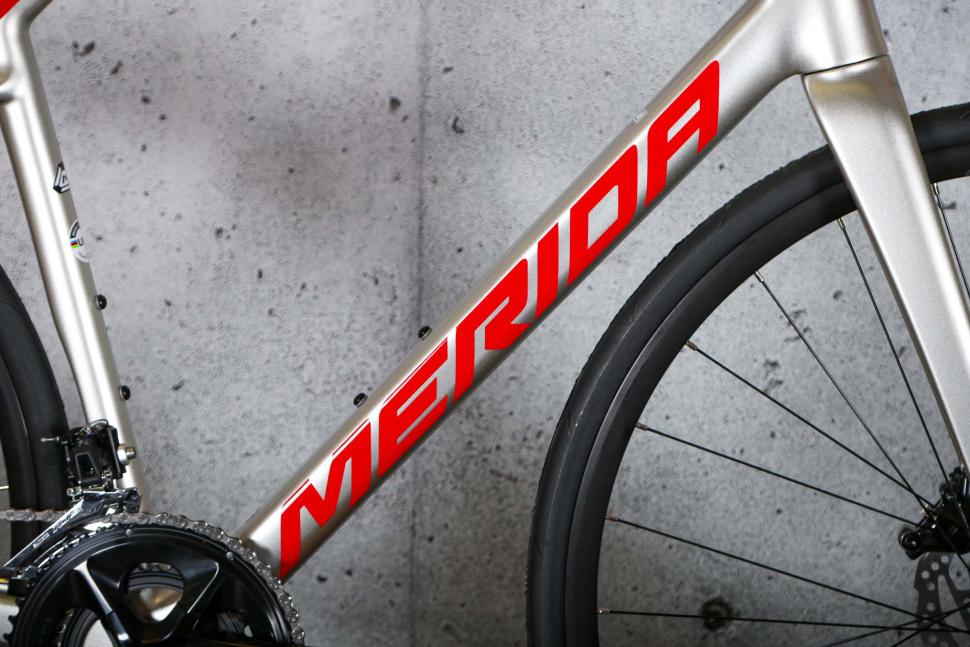
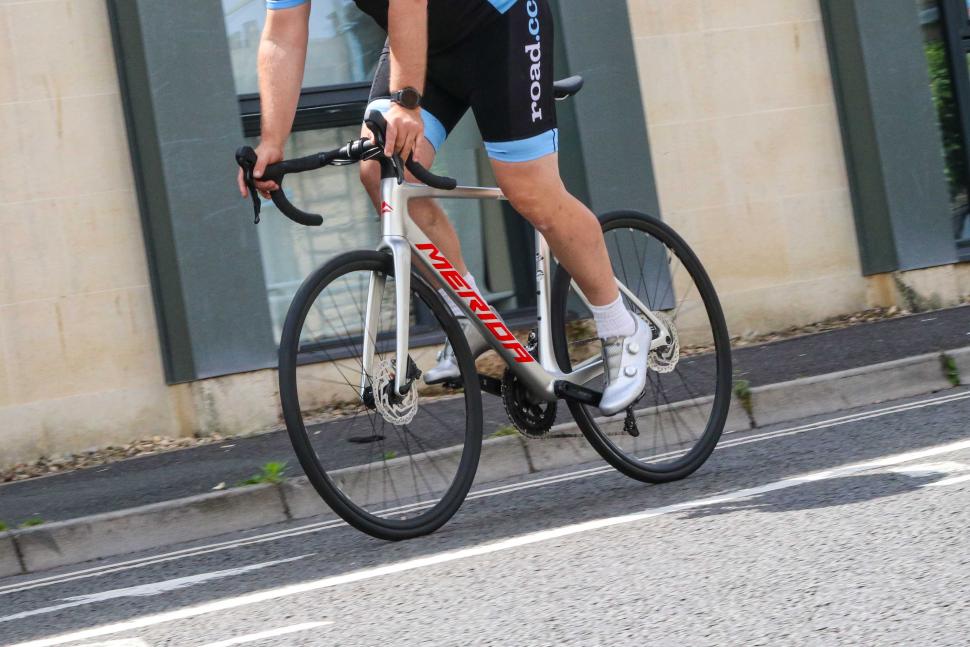

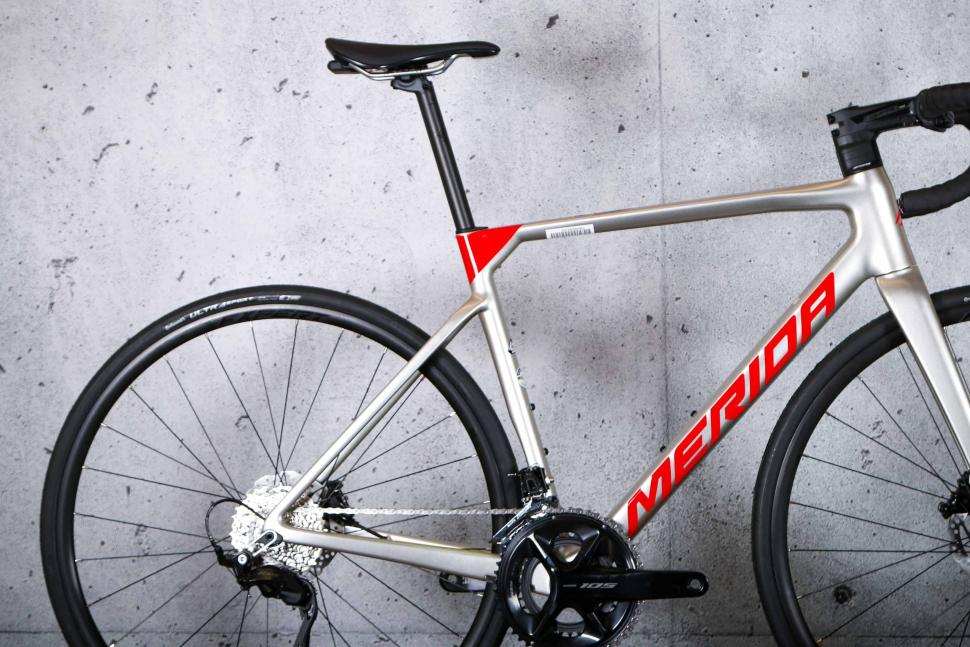
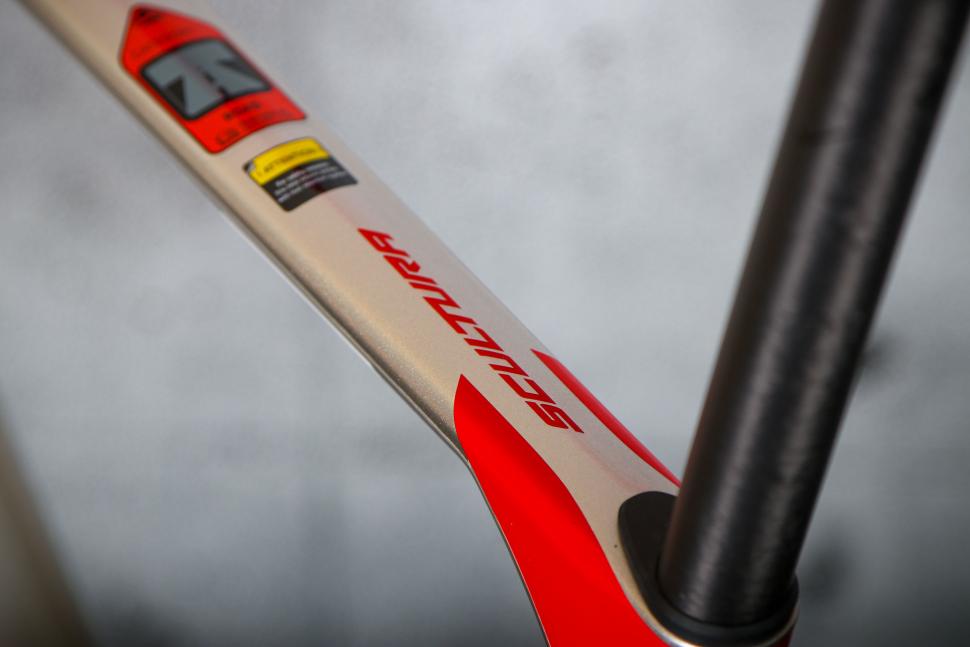
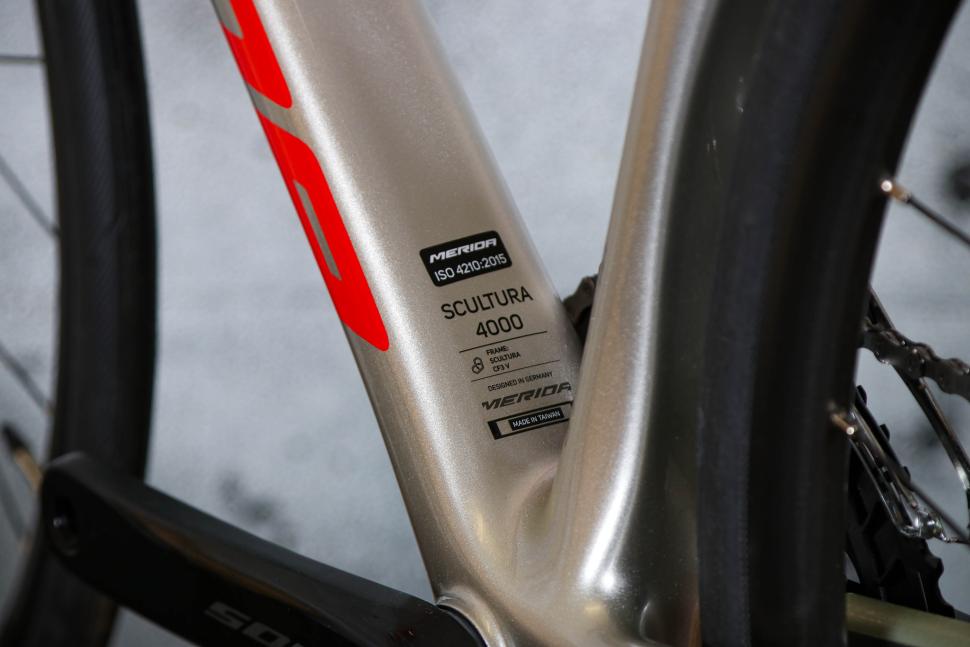







































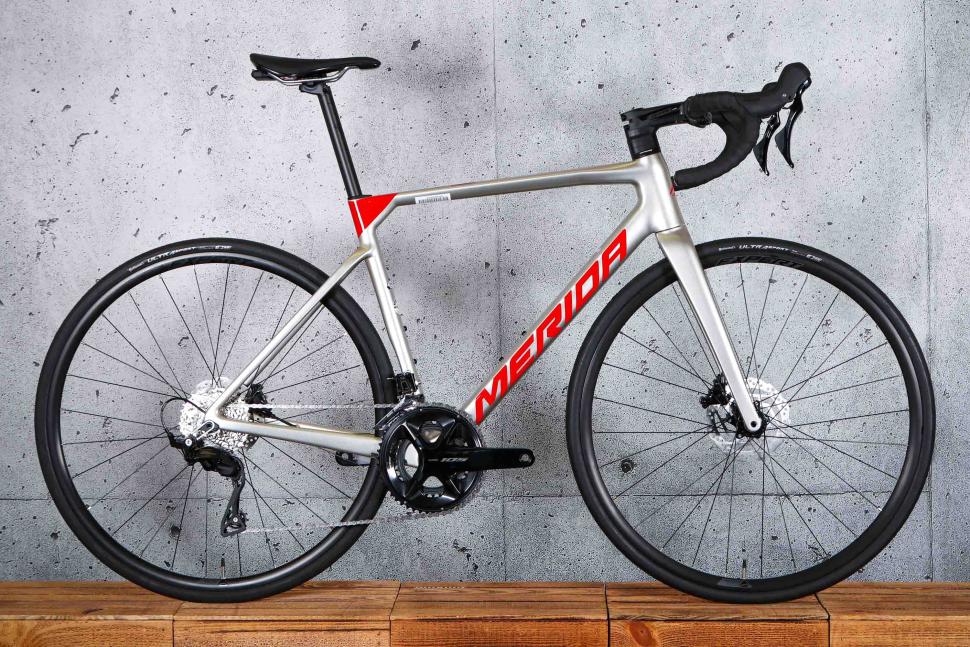
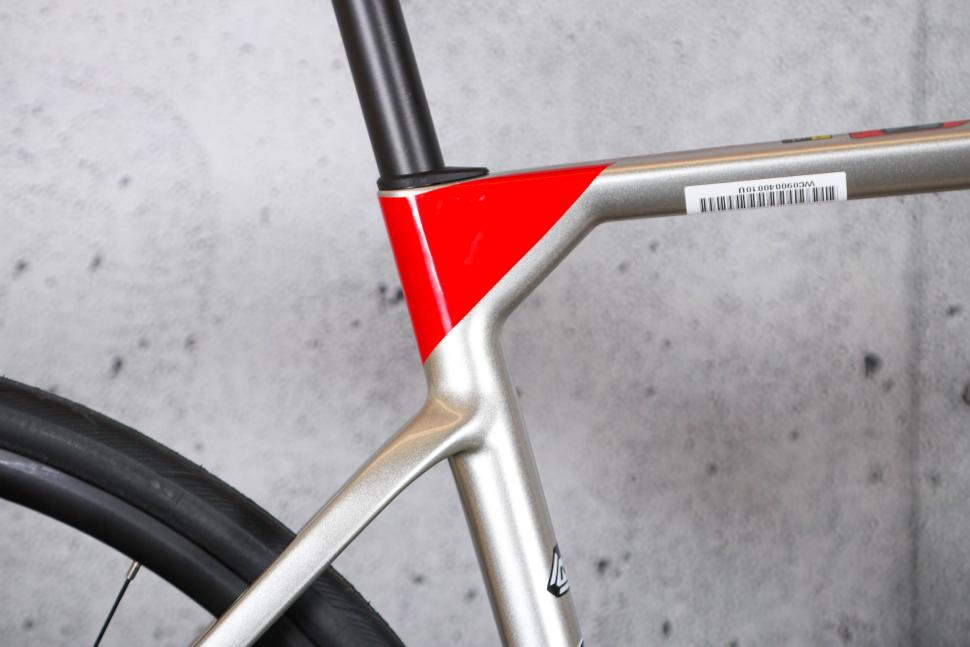
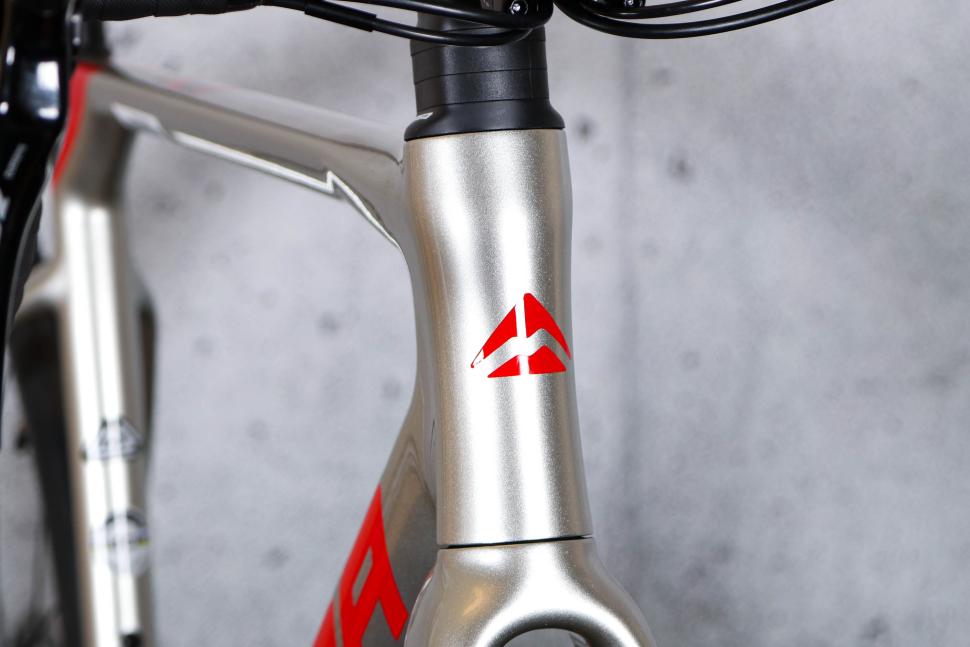
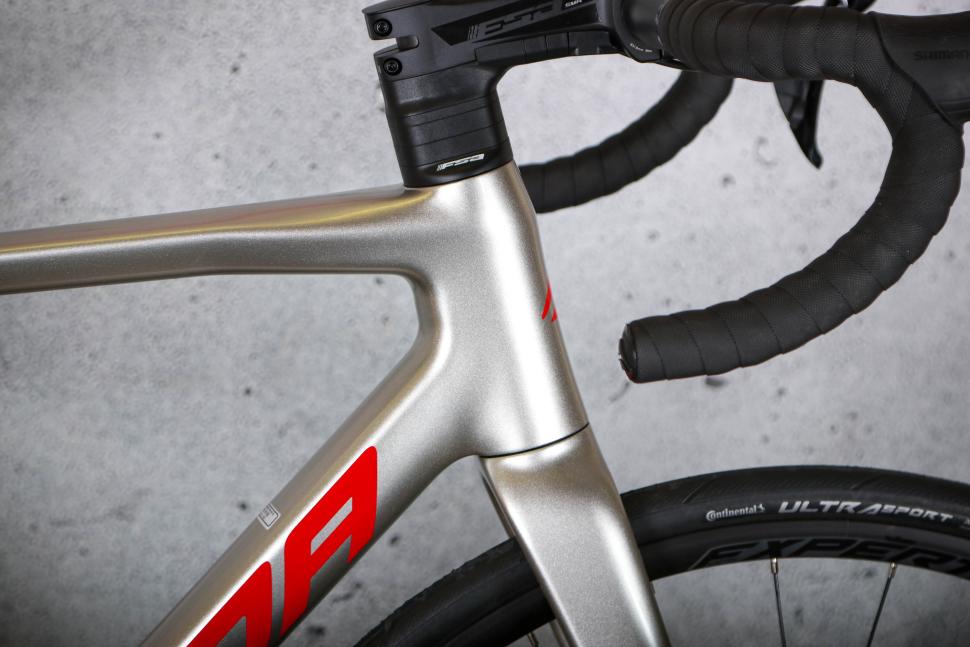
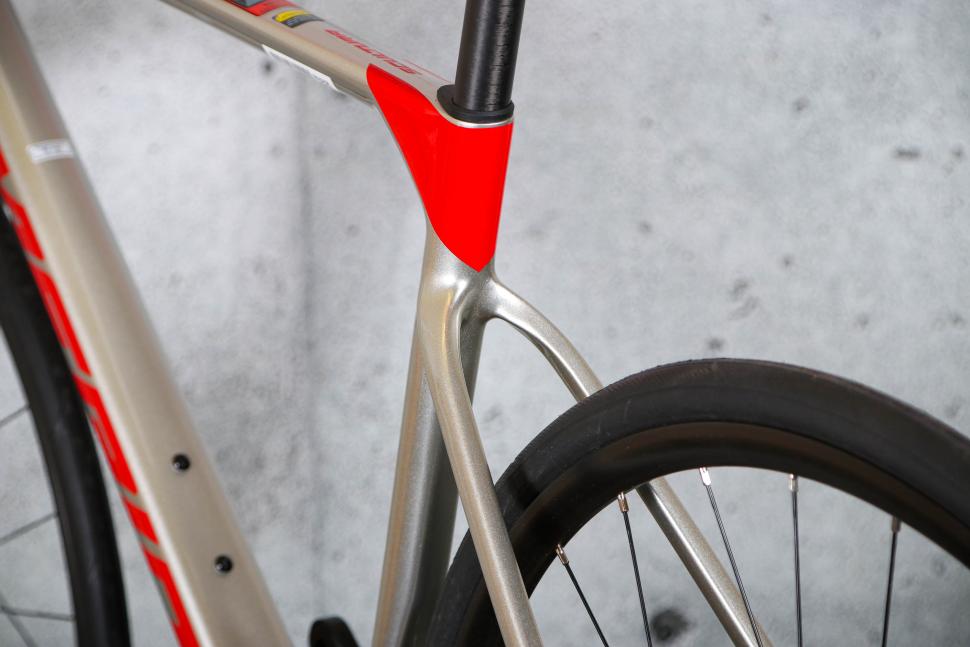

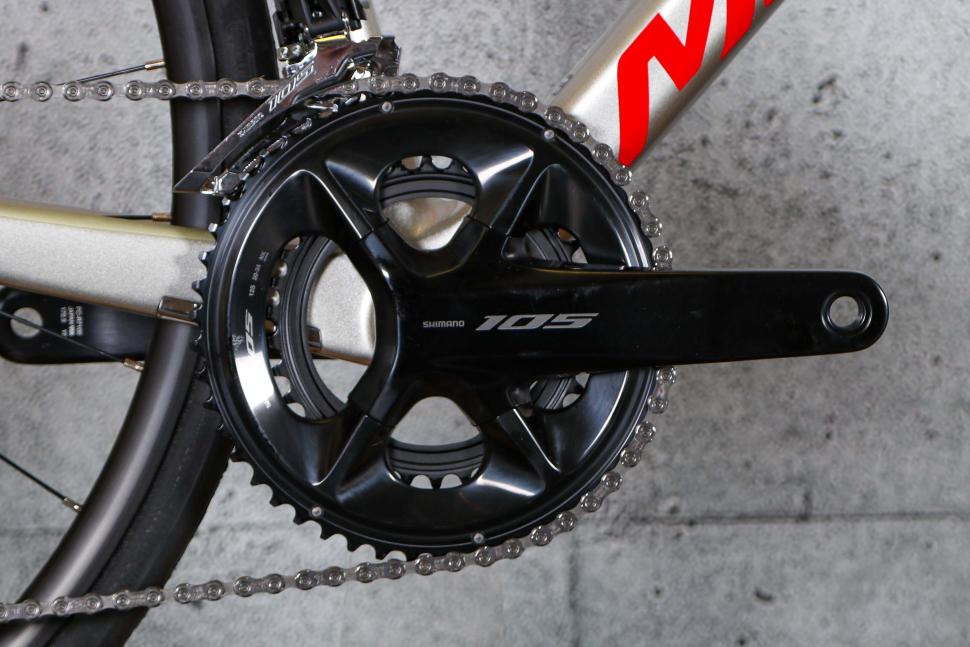
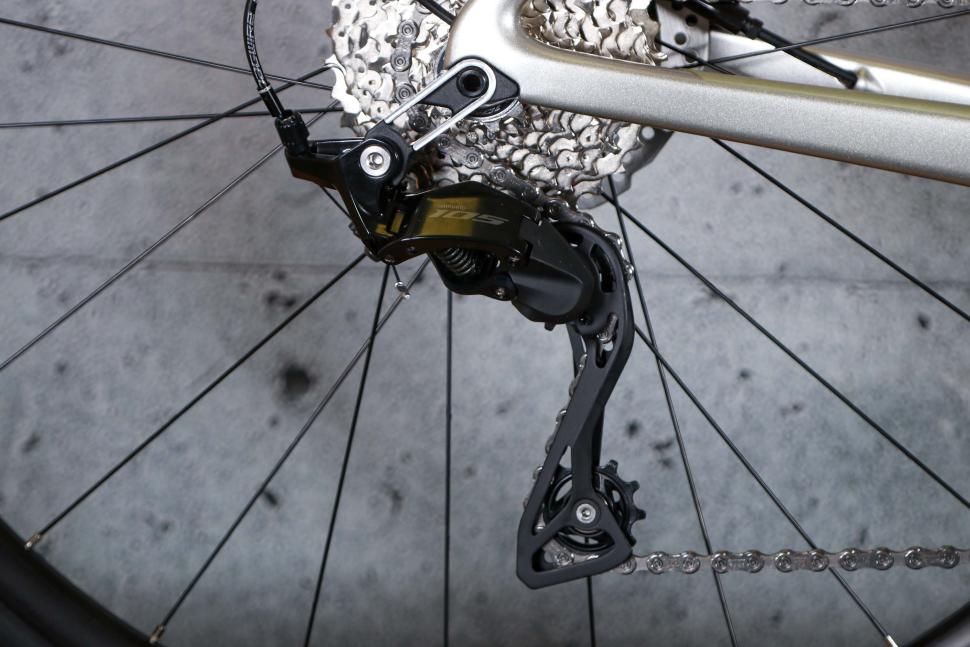
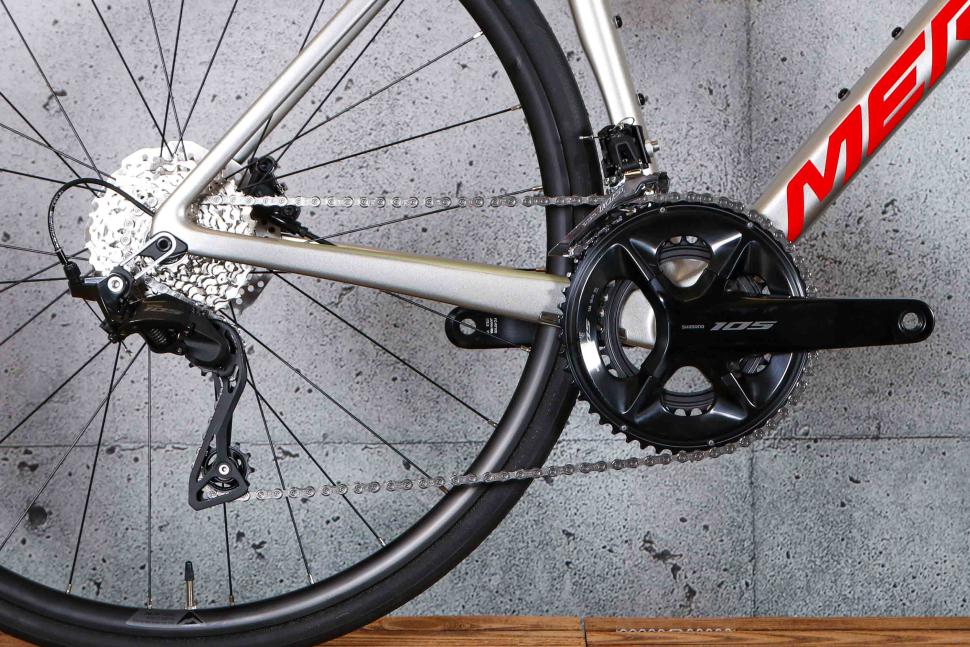
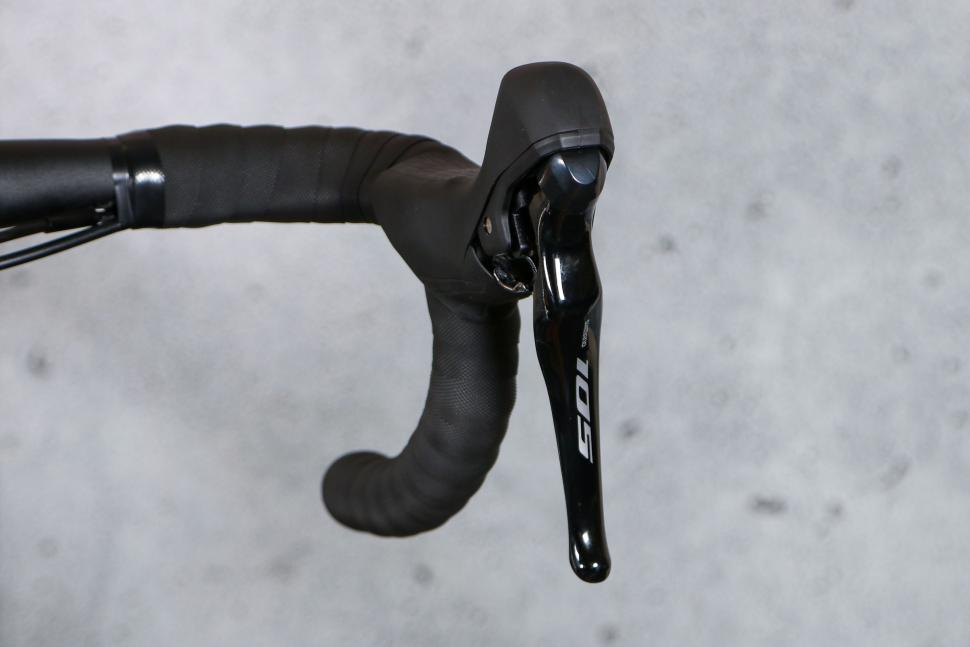

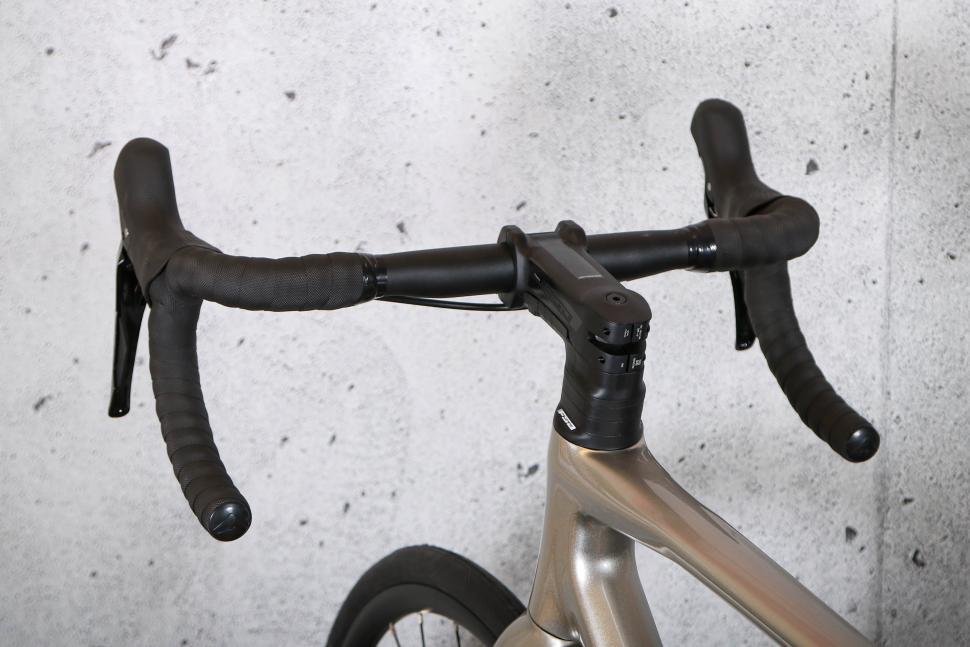
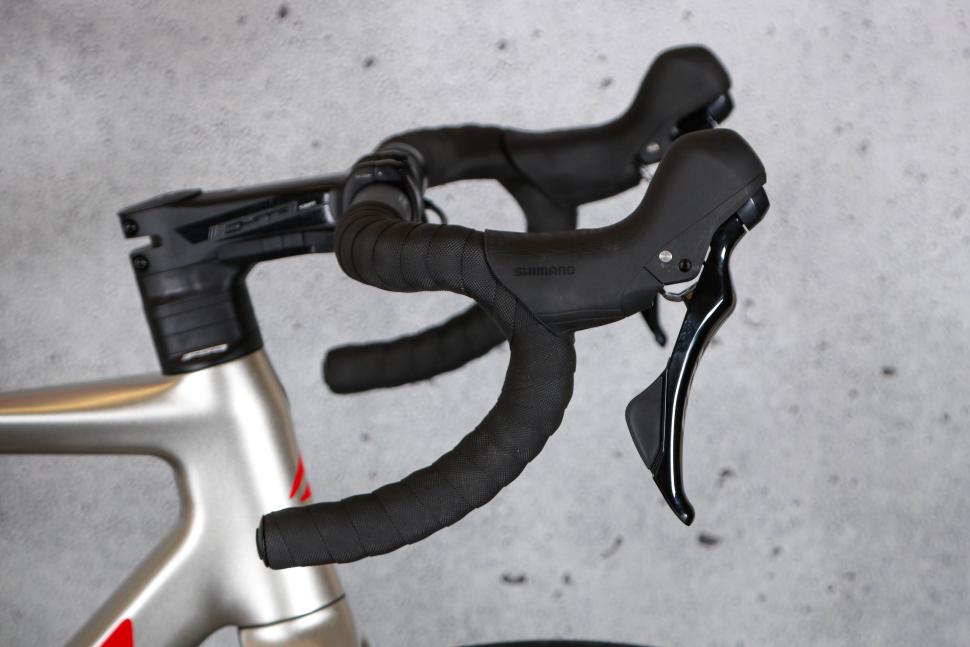

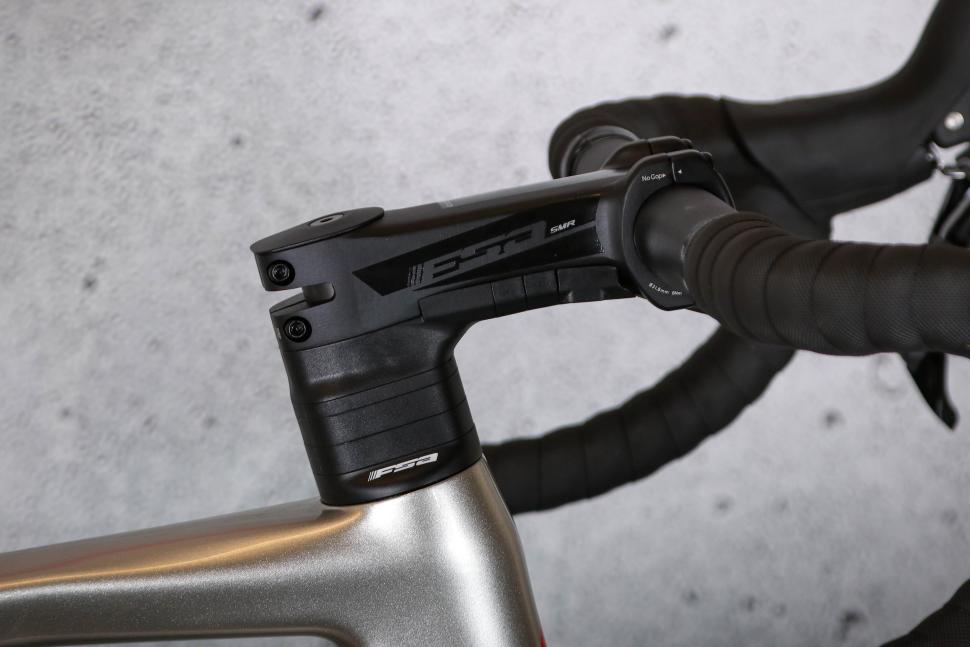
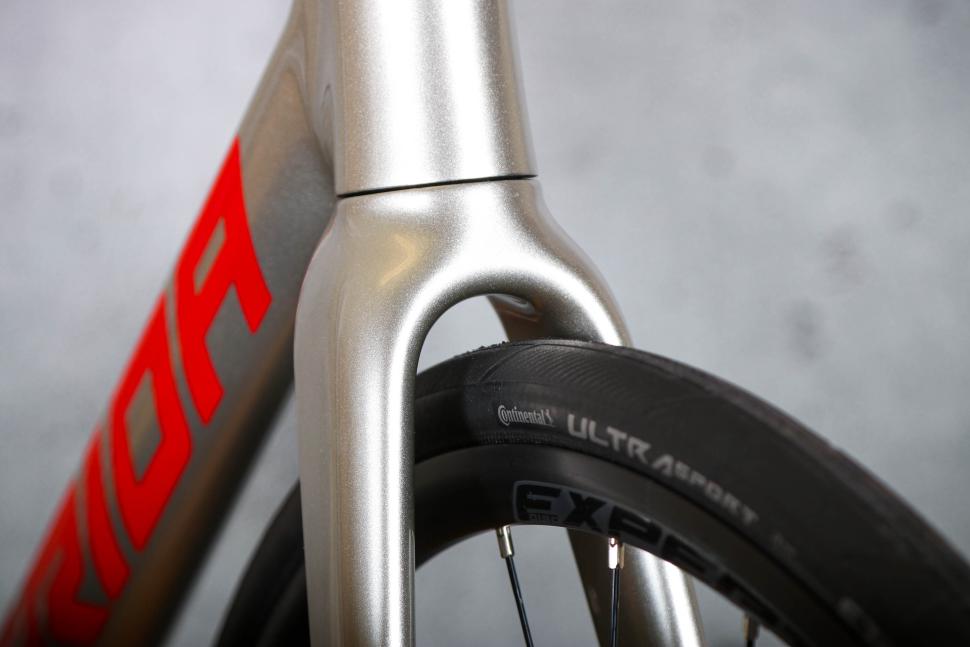

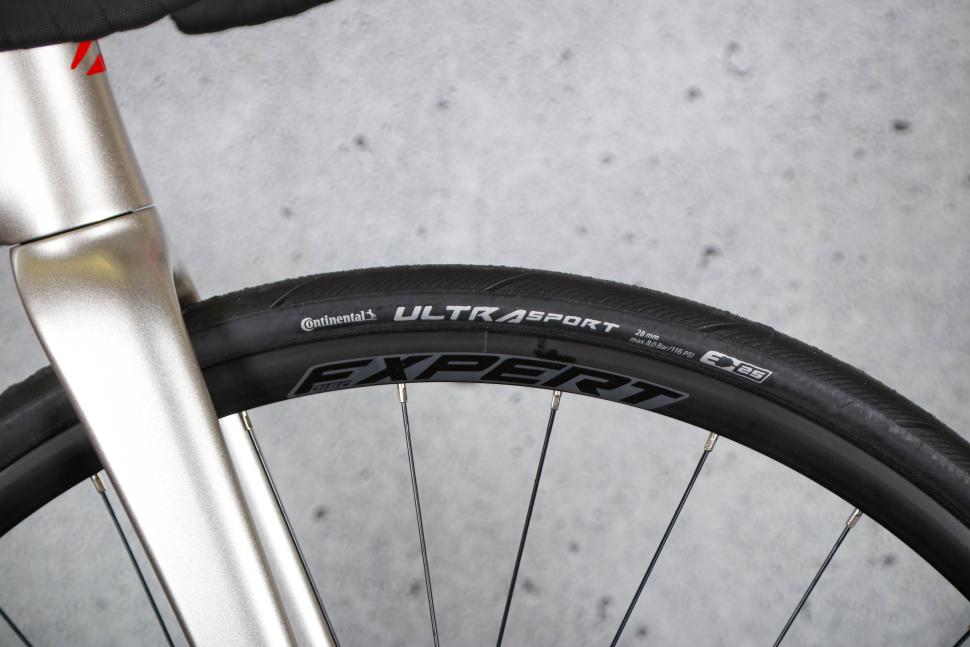
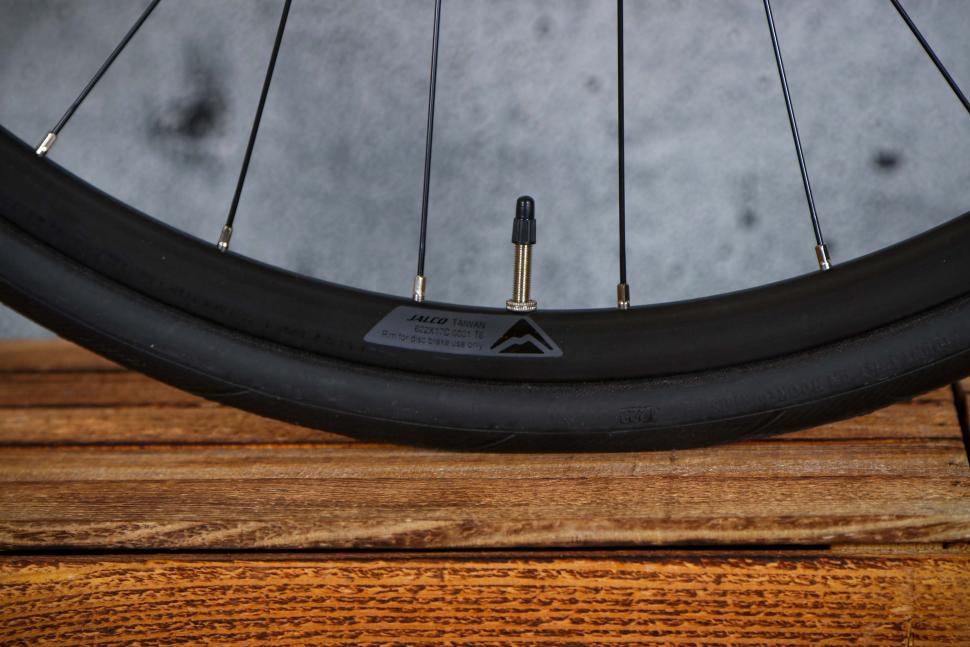



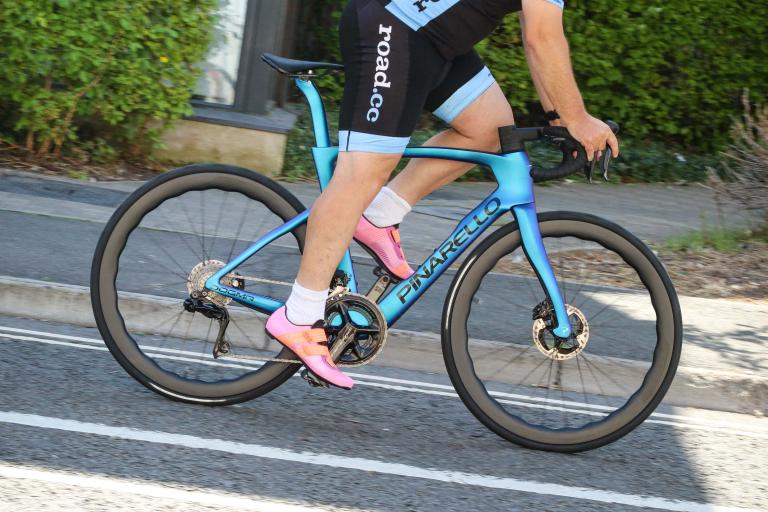
Add new comment
5 comments
I think "a good value price" might be more accurate than "an affordable price", affordable without context is pretty meaningless, it's affordable to those who can, well, afford it and not to those who can't.
[see also "Affordable Housing"]
The last time I was looking for a new bike I checked out the Merida Scultura.
Unfortunately I had to give it a hard pass because of the tire clearance. Unfortunately it doesn't look like they've done a great deal to fix this with the new versions. I'm currently riding a 32mm rear tire and when my 30mm front tire gives up I'm going to change to a 32mm up front. The fatter tires are great on our crappy roads.
My current ride, a Vitus Veno Evo can stretch to 40mm with full mud guards, which is awesome in the winter when the weather gets bad.
Id agree. 30mm is very conservative these days.
I mean, if the bike weighs in at 8.6kg even with the entry level wheels. Id say thats pretty damn good. Hardly a negative.